There is nothing better than spotting a friendly search and rescue (SAR) dog during a long day on the slopes. These furry friends’ welcoming demeanor creates a playful and comforting atmosphere for many skiing and snowsports resorts, but these dogs are not just for show. Rescue dogs are highly trained ski patrol experts that are chosen for SAR work based on their breed, personality, and early signs of a disciplined work ethic. Without the work of these dogs, SAR would be less efficient and snowsports would be less safe–especially for the backcountry daredevils! They are integral to our safety in the snow, but how did dogs become so central to avalanche search and rescue?
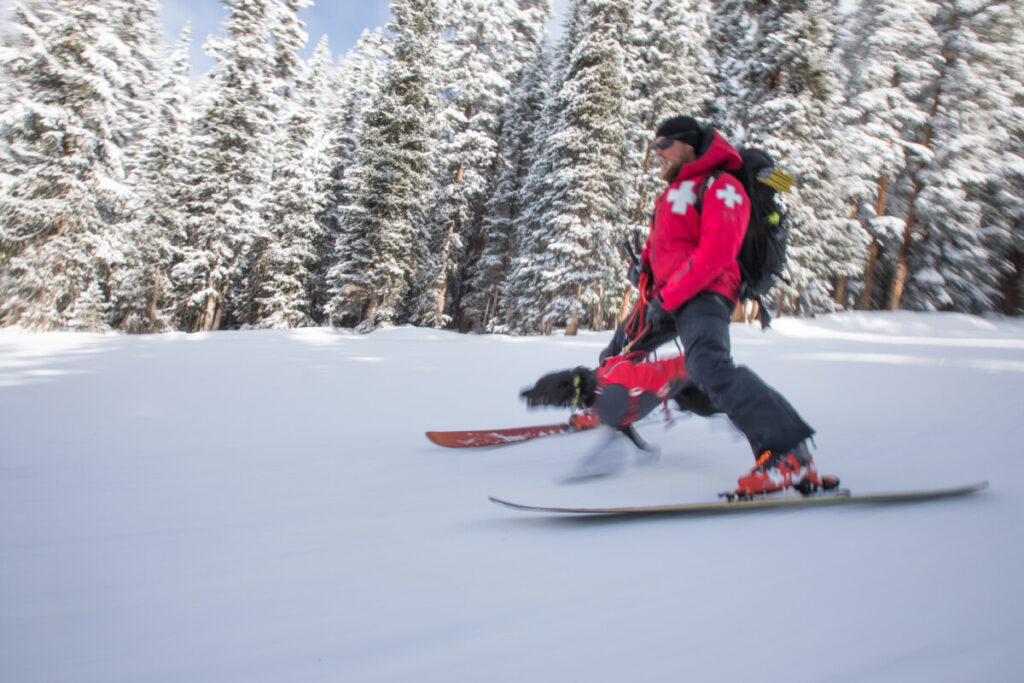
To answer this question, we must venture all the way back to 1050 when an Augustinian monk named St. Bernard de Menthon founded a hospice and monastery near what is now called the Great St. Bernard Pass in the western Alps. This pass was especially treacherous due to the large amounts of snow that covered the terrain for nearly nine months of the year, so treacherous that many lost their lives while journeying through it. About 600 years after the establishment of the monastery, a group of monks brought the first group of St. Bernards for both companionship and safety. The monks quickly realized the dogs’ ability to clear a path, sniff out snow-hidden bodies, and keep travelers warm if they were injured while another dog ran off to get help. As the breed evolved, the dogs grew to become larger, fluffier, and a bit slower. This evolution is why we do not often see St. Bernards as SAR dogs in the present day. Compared to humans, dogs are invaluable to avalanche search and rescue because they are better at sniffing out victims and cover more ground in a shorter period of time. But not every dog is cut out for this demanding line of work. Herding, hunting, or working breeds like Border Collies, for example, tend to succeed as search and rescue dogs. Still, the most important qualities for a search and rescue dog are a love of work, immense focus, great social skills, agility, and obedience. Obedience and autonomy are both important qualities because the dog is typically off leash during avalanche SAR. He or she must be a good listener and a capable decision maker.
Just because dogs exhibit these qualities does not mean they automatically get “the job.” These dogs must undergo intensive training sessions that can be as often as three to six days a week. Depending on the length and content of the training sessions, the entire process of avalanche SAR certification can take between 18 months to three years! Even once the dogs are certified to be in the field, they must practice their training a few times a month and be recertified each year. And that’s just the dog’s training! Its handler, the main person the dog trains and works with, must undergo long, intensive SAR or National Ski Patrol (NSP) training.
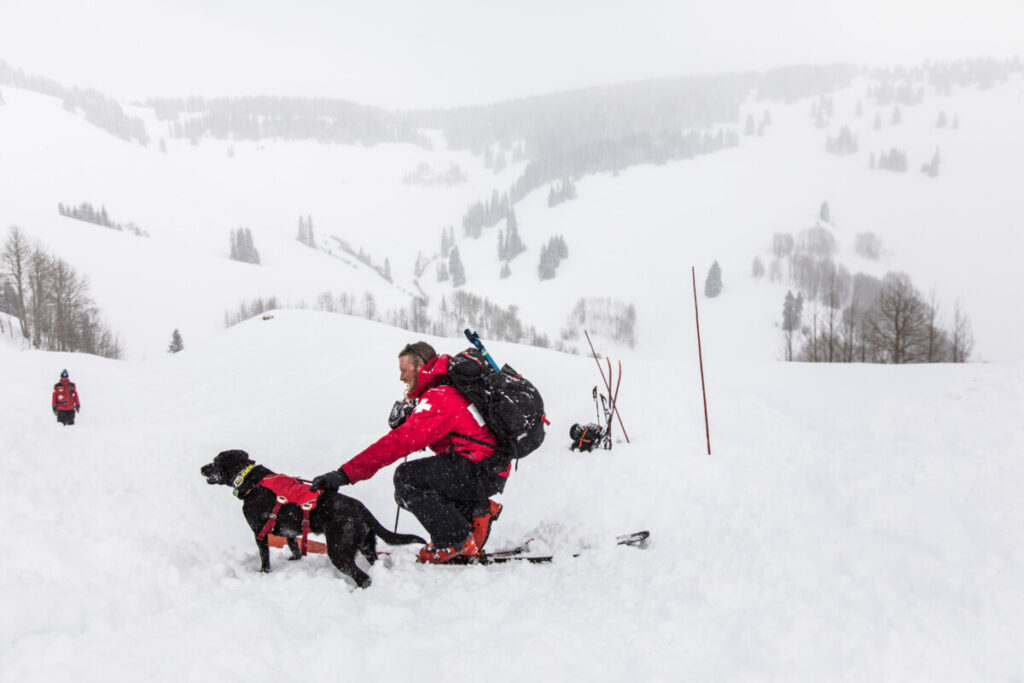
When I first decided to research the history of search and rescue dogs, I was most curious about the evolution of their training and wanted to speak with those close to the action. Patti Burnett, Doug Lesch, and Mary Lorch, three people who are very well connected to the SAR field out west, were all kind enough to speak with me. After meeting with them, my curiosity shifted focus. I was no longer most interested in the evolution of training protocols, which had only evolved with changes in medical and location-tracking technology. I was more shocked to learn that most of avalanche SAR work is paid for out-of-pocket by the volunteers themselves. Mary Lorch, a certified member of the NSP, who started skiing when she was living in Germany at just six years old, has lived near the Loveland Ski Resort for about the past 30 years. When telling me about her experience with Loveland and her beloved (practically famous!) avalanche SAR dog, Zuma, I learned that all of her NSP work throughout the years was volunteer work and that she was making a living through various day jobs. Lorch illuminated that ski resorts, including Loveland, only employ a few ski patrollers full time. She estimated that out of the 160 ski patrol members at Loveland, approximately 40 of them are full-time and the other 120 are all volunteers. Loveland has not published any of their official NSP staff data online.
Being a member of the NSP requires a certain number of volunteer hours, but outside of the perk of some discounted patrol equipment, many members are responsible for paying for both their own training and the training of their dog out-of-pocket. To be clear, the equipment isn’t cheap and the training isn’t easy. Patti Burnett, famous for her career training and working with avalanche rescue dogs, made it clear that the training process requires both heart and discipline from the handler and the dog because the work is often emotionally and physically taxing. In her memoir, Go Find: My Journey to Find the Lost and Myself, Susan Purvis adds that volunteers can easily end up in life-threatening situations if they are caught in the hang fire of an avalanche (when an avalanche releases tension, it is probable the adjacent slopes will also become avalanches). Furthermore, Purvis remarked on the difficulty of occasionally having to deal with sexist “locker room” behavior in certain ski patrol groups.
So why do so many people still volunteer to do avalanche SAR?
As Doug Lesch, the president of the board for the Colorado Rapid Avalanche Deployment (C-RAD) nonprofit put it: Snow sports and SAR are a lifestyle, not a hobby! C-RAD was born in the 1980s after a Peak 7 avalanche outside of the Breckenridge Ski Area boundary buried eight people. The rescue response was anything but organized, requiring hundreds of rescue-personnel and lasting three days. C-RAD is now a statewide rescue response coordinating non-profit that works to expedite the rescuing of avalanche victims through the incorporation of rescue dogs and specialized avalanche deployment systems. But that is not all C-RAD does. During our interview, Doug Lesch opened my eyes to how organizations like C-RAD and Colorado Search and Rescue (CSAR) are working to find ways to subsidize SAR. Almost all search and rescue missions in the U.S. are led by volunteer teams. Individuals on these teams are paying thousands of dollars a year to volunteer. As of 2022, The American Avalanche Association offered “Professional Avalanche Training 1” for $1,599 covering one evening zoom session and five field days. They also offer “Professional Avalanche Training 2,” for $2,499 which covers one more field day than the first course. The first training is for avalanche rescue personnel early in their careers or professionals looking to stay up to date with evolving techniques. The second course is for avalanche professionals moving into leadership positions. Neither of these courses include rescue dog training. Wasatch Backcountry Rescue (WBR) has a five-day rescue dog training school for $1,000, not including lodging. The National Ski Patrol (NSP) and Subaru granted four scholarships for the 2022 WBR school program. These are just a few of the training classes required to become a volunteer! This doesn’t cover the maintenance costs of being re-certified, new equipment costs, and even the mental and emotional costs from avalanche body retrieval.
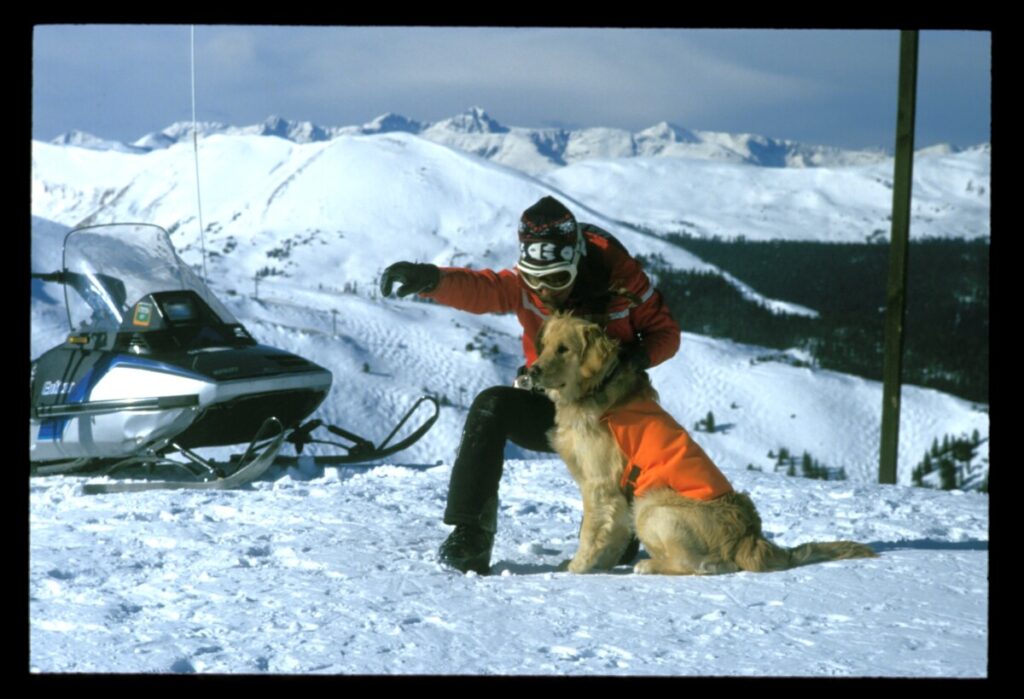
To solve this dilemma, avalanche SAR teams are hesitant to charge the recipients of rescue missions because it is likely people will refrain from calling for help in a dangerous situation for fear of the cost. More significantly, successful ski and snow sport resorts mainly invest in search and rescue to protect themselves legally. Although some resorts own land in the backcountry, many of the SAR calls come from backcountry that is within state parks, thus falling under government jurisdiction. Before 2020, no state had seriously considered subsidizing avalanche SAR, especially since those that do volunteer are very committed to the mission and lifestyle. But the problematic reliance on volunteers for SAR became exposed and exacerbated by the COVID-19 pandemic, so much so that state governments had to start paying attention. To escape cramped isolation, many people turned to nature and began backcountry skiing, hiking, or simply adventuring without being properly prepared. Crews in southwest Utah reported that calls jumped from around 50-60 annually to 130 in 2020 alone. The president of the Colorado Search and Rescue Association admitted that it is not sustainable to ask volunteers to get out of their day jobs (the jobs responsible for their ability to afford being a SAR volunteer) 150 times. This is why non-profits like C-RAD and CSAR have been pushing to find ways to make SAR more sustainable.
While many would argue that some ski and snow sports resorts should be financially investing more in SAR, other organizations aren’t waiting for them to step in–they want to make change now. CSAR successfully pushed for bill SB 21-245, the Backcountry Search and Rescue Bill. After SB 21-245 passed, CSAR executives remarked that after “70 years of dedicated and selfless service to Colorado, the backcountry search and rescue community must seek a better way.” Moreover, they felt this bill was necessary with “the increased popularity of outdoor recreation.” SB 21-245 requires the Division of Parks and Wildlife and the Department of Natural Resources to conduct studies and develop recommendations for how to make backcountry SAR more sustainable and provides a framework for governmental and non-governmental organizations to collaborate about grant and funding issues. SB20-130, the Backcountry Search and Rescue in Colorado Bill, passed in 2020 as well, and is quite similar to SB21-245 except for the remarkable requirement that the Department of Natural Resources must “conduct outreach and training related to the physical and psychological support needs of backcountry search and rescue volunteers.” In Oregon, legislators were inspired to consider a bill modeled from a Colorado Search and Rescue Board program that successfully raised $80,000 through encouraging residents to buy a Colorado Outdoor Recreation Search and Rescue Card (CORSAR), thus contributing to funding statewide SAR teams.
The demand for SAR professionals, both humans and dogs, especially in the backcountry, is real and growing. While the COVID-19 pandemic has settled down, it inspired more people to be present in their lives and seek adventure. Also, trendy social media posts enticing the public to travel or partake in outdoor recreation have caught the attention of many who do not research safety protocol before “sending it” and end up needing to be rescued. SAR professionals need sustainable compensation to account for the increasing calls and need for backcountry and snow sports safety education. Without the National Ski Patrol and the brilliant noses and speed of dogs, many families and friends would never get the relief or closure of seeing their loved one saved or retrieved. If COVID-19 taught us anything, it is that essential workers are essential, and there is no snow sports industry without snow sports safety experts. Lovers of snow sports–and those who profit off lovers of snow sports–must invest in our safety, sustainably.
Acknowledgements
I would like to thank Professor Judith Miller for being an incredible support system and wealth of information throughout the creation of this blog post. I would like to thank Mary Lorch, Patti Burnett, and Doug Lesch for taking the time to speak with me in the Spring of 2022 and for continuing to remain in contact into the Spring of 2023. Your contributions to my project were invaluable! I would also like to thank Mrs. Burnett and Mr. Lesch for providing images to go along with this post, as well as Dave Camara for taking the images of Mr. Lesch. I would like to thank Mr. Chase Lovellette for aiding Professor Miller’s course in the creation and maintenance of this website. Finally, I would like to thank all of the search and rescue as well as national ski patrol volunteers and rescue dogs who selflessly commit their time and money to the safety of others.
Bibliography
American Avalanche Institute. “Professional Avalanche Search and Rescue.” Accessed February 13, 2023 https://www.americanavalancheinstitute.com/course/professional-avalanche-rescue/
Blumberg, Jess. “A Brief History of the St. Bernard Rescue Dog: The Canine’s evolution from hospice hound to household companion.” Smithsonian Magazine. March 1, 2016. https://www.smithsonianmag.com/travel/a-brief-history-of-the-st-bernard-rescue-dog-13787665/
Brown, Alex. “Search and Rescue Teams, Already Stretched Thin, See Surge in Calls.” Pew. July 6, 2020. https://www.pewtrusts.org/en/research-and-analysis/blogs/stateline/2020/07/06/search-and-rescue-teams-already-stretched-thin-see-surge-in-calls
Burnett, Patti. Avalanche! Hasty Search: The Care and Training of Avalanche Rescue Dogs. Phoenix: Doral Publishing, 2003.
Burnett, Patti. “Patti Burnett x Marlie Interview.” By Marlie Golden. April 19, 2022.
Colorado General Assembly. “SB20-130: Backcountry Search and Rescue in Colorado.” Accessed February 13, 2023. https://leg.colorado.gov/bills/sb20-130
Colorado General Assembly. “SB21-245: Backcountry Search and Rescue in Colorado.” Accessed February 13, 2023. https://leg.colorado.gov/bills/sb21-245
Colorado Rapid Avalanche Deployment. “About C-RAD.” Accessed February 13, 2023. https://c-rad.org/about-c-rad/
Keiter, Robert B. “The Emerging Law of Outdoor Recreation on the Public Lands.” Environmental Law 51, no. 1 (2021): 89–160. https://www.jstor.org/stable/27027135.
Lesch, Doug. “Meeting with Doug Lesch/C-RAD.” By Marlie Golden. April 22, 2022.
Lorch, Mary. “Mary Lorch x Marlie Interview.” By Marlie Golden. April 13, 2022.
Schneider-Hector, Dietmar. “Forging a National Park Service: ‘The Necessity for Cooperation.’” Journal of the Southwest 56, no. 4 (2014): 643–82. http://www.jstor.org/stable/24394961.
Snovak, Angela Eaton. Guide to Search and Rescue Dogs. Hauppage, NY: Barron’s, 2004. https://archive.org/details/guidetosearchres0000snov/mode/2up
Pearson, Chris. “DOGS, HISTORY, AND AGENCY.” History and Theory 52, no. 4 (2013): 128–45. http://www.jstor.org/stable/24542962.
Purvis, Susan. Go Find: My Journey to Find the Lost and Myself. Ashland: Blackstone Publishing, 2019.
Wasatch Backcountry Rescue. “International Dog School.” WBR. Last modified 2022. https://www.wbrescue.org/professional-schools-seminars.htmlWebb, Dennis. “Search-and-rescue, avalanche entities look to bills for help as need increases.” The Daily Sentinel. May 19, 2021. https://www.gjsentinel.com/news/western_colorado/search-and-rescue-avalanche-entities-look-to-bills-for-help-as-need-increases/article_b5265b4e-b72b-11eb-a283-1b037df3dcc5.html
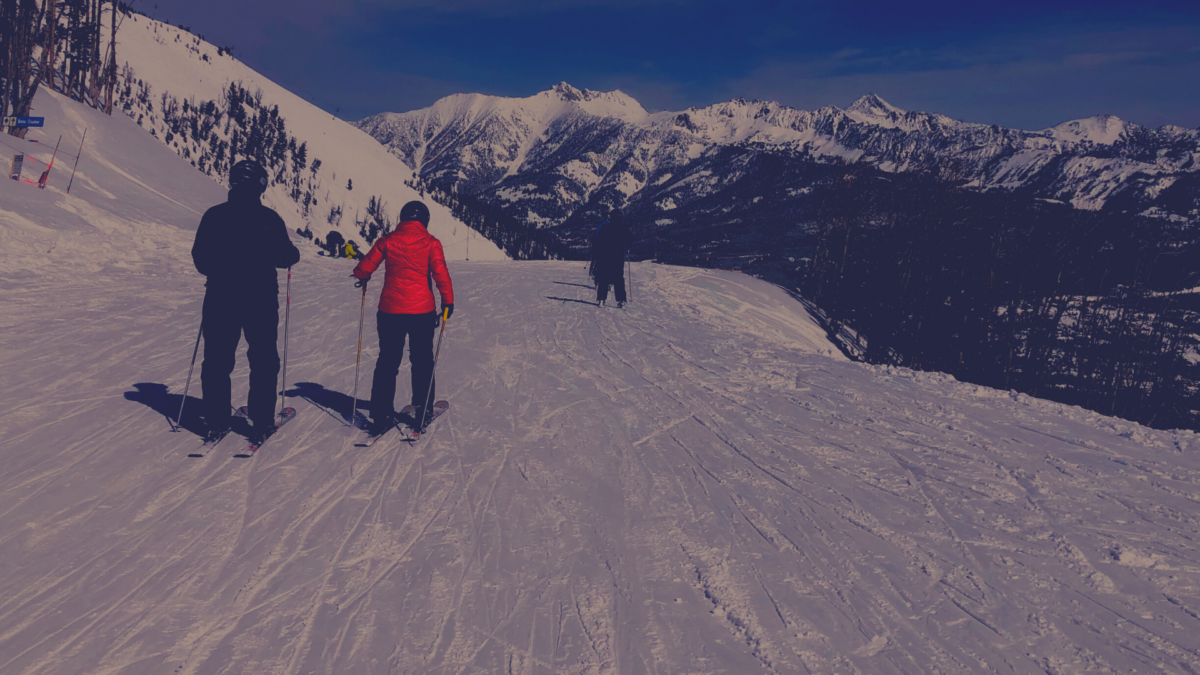
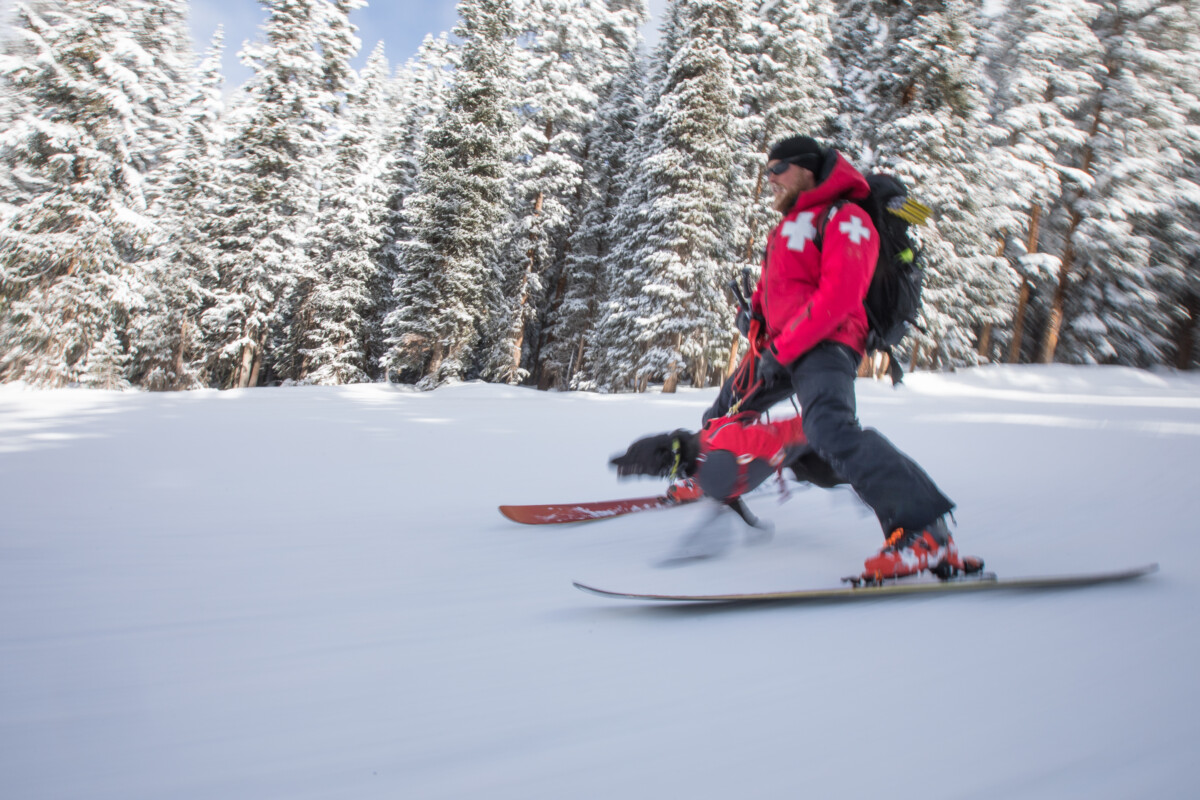
One Reply to “The Invisible Economy of the Avalanche Rescue Dog”